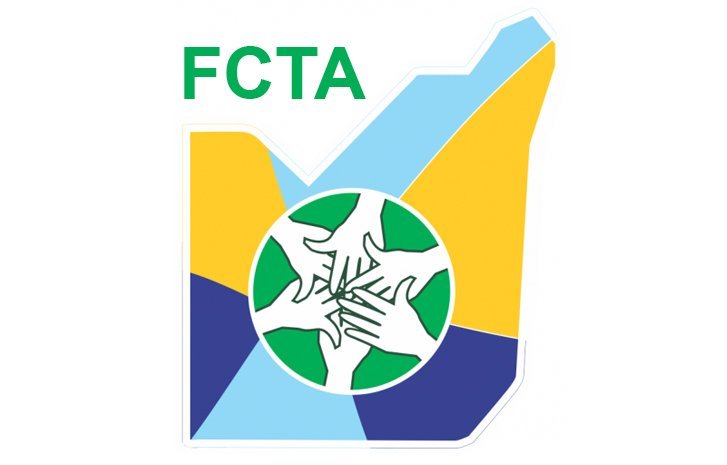East Africa's Real Estate Market Opportunities
In 2023, a significant financing deal involving Acorn Holdings Limited and Absa Group reshaped East Africa's real estate landscape. The deal secured KES 6.7 billion to develop ten purpose-built student accommodation sites in Nairobi, marking several firsts for Sub-Saharan Africa. This included the first bank-financed development Real Estate Investment Trust (REIT) through a bilateral loan and the first sustainable finance facility for commercial property outside South Africa. This transaction signaled a shift towards redefining institutional real estate in East Africa from within, emphasizing the importance of local developers and regional funds in navigating the market.
The traditional model, heavily reliant on foreign investors and South African retail chains, is evolving. A more grounded investment architecture is emerging, characterized by local developers with strong networks, regional funds adept at handling fragmented regulatory environments, and capital originators who understand the intersections of infrastructure, population movement, and spatial policy. While foreign and pan-African players remain active, the responsibility for execution is increasingly falling on those with day-to-day market knowledge. Success now depends more on local expertise than scale.
The East Africa Property Investment (EAPI) Summit, themed “Positioning for Opportunity,” addresses this evolving investment landscape across Kenya, Tanzania, Uganda, Rwanda, Seychelles, and other markets showing signs of economic recovery. The summit highlights the imperative to adapt to challenges such as rising capital costs, tightened foreign exchange reserves, and pressures on hard currency-pegged lease models. Despite these challenges, Nairobi’s premium office market and stabilized retail assets in Dar es Salaam and Kampala are proving resilient. The market is reassessing risk and return assumptions, with dollar leases facing pressure due to currency volatility, prompting tenants to negotiate more on structure.
Local knowledge is becoming a key competitive advantage. Developers with strong supplier networks, the ability to structure financing in local or hard currency, and an understanding of municipal processes are better positioned to extract value. Emerging asset classes are prototyping the future, particularly in response to rapid urbanization. Kenya, for example, faces a housing deficit estimated at over two million units, driving developers to adopt blended strategies, including rental units, outright sales, and rent-to-own schemes to meet demand. Affordability is now seen as a foundation for stable occupancy and portfolio resilience.
Student accommodation is also growing, driven by sustained tertiary enrolment growth in Nairobi, where purpose-built accommodation remains insufficient. The Acorn transaction illustrates the viability of bankable student housing projects when operational scale and tailored financing are combined. Data centers are another emerging asset class, fueled by increased digital usage and cloud adoption. Microsoft and G42's US$1-billion digital infrastructure package for Kenya, which includes a hyperscale Azure data center, and Schneider Electric and IXAfrica's NBOX1 in Nairobi, highlight the growing demand for local hosting and storage capacity. As governments invest in digital sovereignty, data infrastructure is becoming a strategic asset class.
These asset classes are aligned with long-range fundamentals, responding to unmet needs created by urban population growth. The market is growing in sophistication, making partnerships crucial—between local operators and global capital, policymakers and financial intermediaries, and domestic and cross-border institutions. East Africa’s real estate market will be defined by those with deep local knowledge, with regional and local operators leading the way. Global capital will play a vital role, particularly when it partners with grounded execution. The future will reward those who can match ambition with proximity and capital with context.







